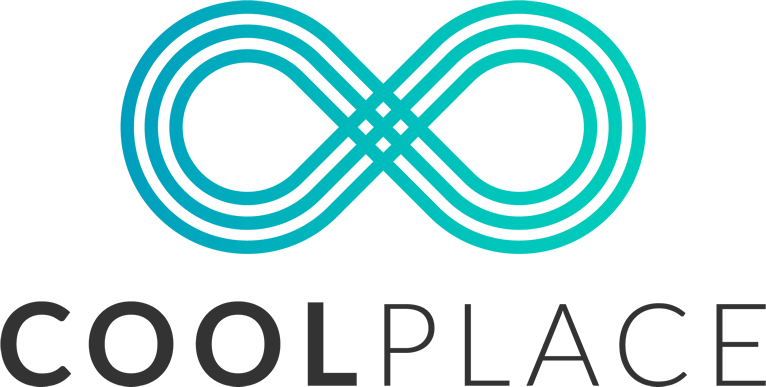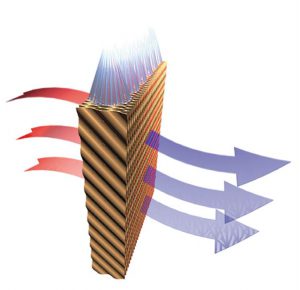Evaporation theory
Here’s a simple experiment to show how this works
Blow gently on the back of your hand
Your breath feels warm since it is at body temperature
Now lick the back of your hand (sorry, it’s a bit gross)
Now gently blow on the back of your hand again
Even though your breath is warm, your skin feels cool.
This is because as the moisture evaporated, it removed the heat from your hand.
100% natural cooling
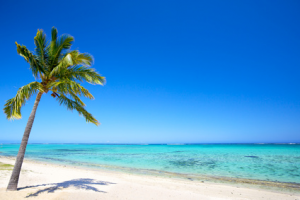
Just air & water
The same principle provides cooling when the sea breeze comes in or when we walk though a forested area.
Although the evaporation process reduces the air temperature, the movement of the air provides the major cooling effect that we feel.
This highlights the need for not only an efficient cooling system but also the need for maximum airflow to provide the desired cooling effect.
Evaporative air conditioning
How it works
Warm air is drawn through wetted filter pads
Outside air temperature is lowered by the evaporative process
Cool air is directed into the home
The cooling effect is dependant on:
- System efficiency
- Air changes allowed/designed
- Prevailing temperature and humidity
Actual temperature
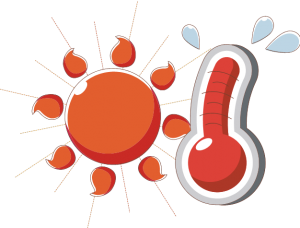
Reduces ‘actual’ temperature
Normally heat radiates from the body out to surrounding walls and ceilings
As the temperature reaches 34 – 35 deg C heat is radiated back to the human body
EAC [Evaporative Air Conditioning] prevents this by absorbing heat from walls/ceilings with a constant flow of cool air
The human body can then radiate heat thus feeling cooler.
Cooling ability
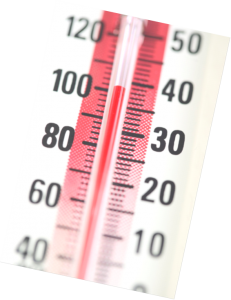
How cold does an evap air conditioner get?
First we need to know two important readings –
- Dry Bulb (Tdb) – The ambient temperature taken with a standard thermometer.
- Wet Bulb (Twb) – The theoretical lowest temperature to which a given body of air can be cooled by evaporating water in it.
Wet bulb temperature is affected by humidity, height above sea level, dry bulb temp and a number of varying factors.
Do the maths
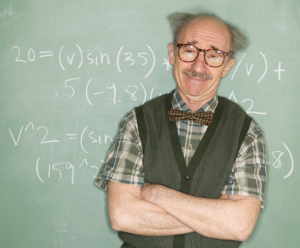
Calculating supply air temperature
Example:
Dry Bulb Tdb = 38 deg C
Wet Bulb Twb = 21 deg C
Standard filter pad efficiency of 80%
Formula would be –
T ins = 38 – (38 – 21) x 80/100
T ins = 38 – 17 x 0.8
T ins = 38 – 13.6
T ins = 24.4 deg C
Humidity
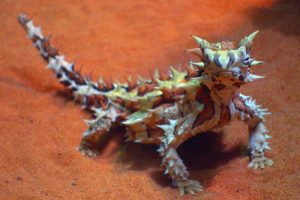
The effect of humidity on evap cooling
In the example calculation, you will notice that the major variable to achievable temperature reduction is the difference between the Dry Bulb and Wet Bulb temperatures.
The Wet Bulb Temperature increases as humidity rises thus the difference (known as Wet Bulb Depression) is reduced.
This is why evaporative air conditioning is not so effective in tropical areas.
On the other hand, in dry, arid areas with low humidity, the Wet Bulb Depression is greater and therefore, so is the possible cooling effect of the evaporative air conditioner.
So Kalgoorlie is the perfect location for evaporative air conditioning.
Airflow
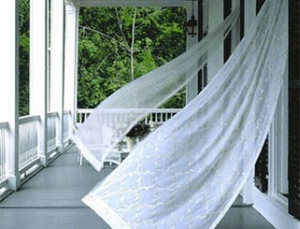
100% fresh cool filtered air everyday
The key to high efficiency evaporative cooling is airflow. As seen in the previous slides, evaporative air-conditioning not only cools the incoming air, but also cools the individuals in the home through the ‘wind chill’ effect where cool breeze helps reduce the perceived temperature.
Airflow is dependent on two factors – the air movement generated by the fan in the air conditioning unit and also by providing adequate opening for the air to pass unrestricted through the home. This means doors and windows open sufficiently for maximum airflow.
